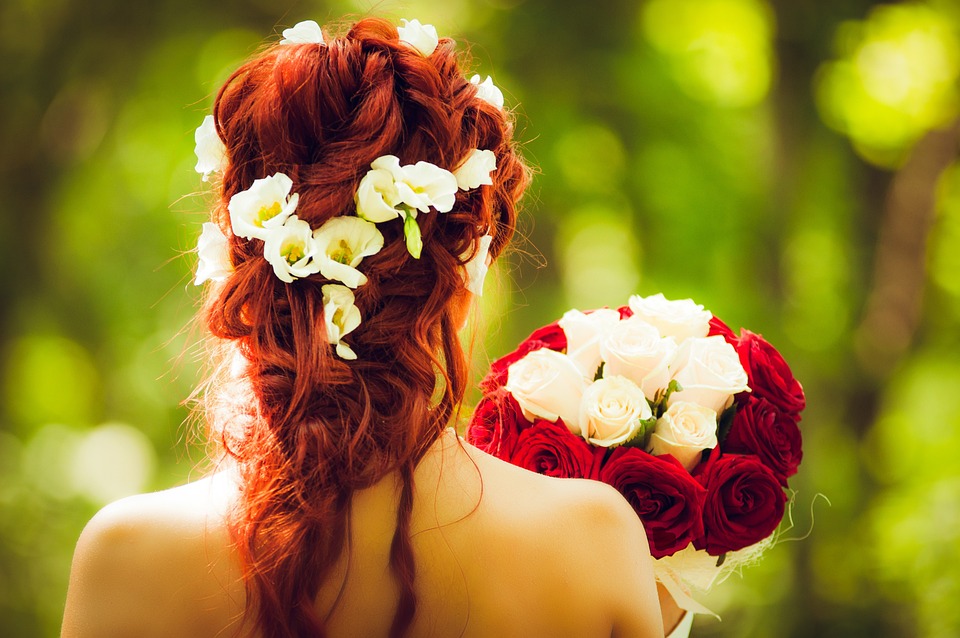Gujrati Marriage ceremony Rituals

Indian weddings are characterised by ostentatious celebrations and grandiose. A grand affair for the people associated, relationship in Indian culture is an correct event to uphold familial as perfectly as cultural traditions, epitomising the union of the bride and the groom.
The condition of Gujarat boasts of a land of vibrancy and liveliness, which exemplifies the vivacity and sprit of lifestyle. The Gujarati lifestyle is an epitome of gaiety and fervour, instilling in its folks vigour and exhilaration in direction of daily life. This frame of mind of the local community spills to the matrimonial rituals that the Gujaratis adhere to. The Gujarati weddings are a superb example of intense pomp and exhibit, elaborate festivities and delicious cuisines. The wedding day ceremonies comprise of lively and vibrant apparel, beautiful dances, picturesque and grand ambience.
Amidst other cultural wedding tactics, Gujarati marriages display the functionality of numerous poojas, and other interesting and numerous traditional techniques.
A common Gujarati wedding commences with a sagai or an engagement, which refers to the formal acceptance of the union involving the Guajarati bride and the groom. The other ceremonies prior to the wedding ceremony are Pithi, Mehndi and Mandap Muharat. A Grihshanti Pooja for domestic peace and prosperity is also done prior to marriage ceremony. A night time before marriage, the sleek Garba dance is executed which fills the ambiance of the marriage venue with vibrancy and enthusiasm.
The Gujarati marriage ceremony rituals also comprise of the classic techniques of Jaimala, Varmala, Kanya Daan and Mangal Phera that are celebrated apart from the distinctive Gujarati matrimonial customs of Madhuparka, Hastamilaap, Saubhagyavati Bhava and Chero Pakaryo.
The Madhuparka ceremony contains of the customized of the washing of the groom’s feet, together with serving him honey and milk as a token of enjoy. This is accompanied with the ritual of the bride’s sisters stealing absent the groom’s footwear, which is recognised as ‘Juta Churai’.
This ceremony is adopted by the tactics of Kanya Agamana and Kanya Daan, which are adopted by a ritual called ‘Hasta Milap’. This ritual holds a large amount of significance as it symbolises the ultimate union of the bride and the groom with the tying of the knot and the subsequent chanting of mantras by the priest who solemnises the wedding. This is adopted by ‘Mangal Pheras’, which are the rounds taken by the few close to the sacred fire. The relationship eventually comes to end result with the practices of Saubhagyavati Bhava and Chero Pakaryo, after which the wedded few seeks ‘Shubha Ashirwad’ or the gracious blessings of the elders of their family members.
Ethnicity is the crucial for Gujarati relationship rituals. Commencing from their apparel, their cuisines, to their marriage ceremony ambience, the marriage practices emblematize the richness of Gujarati society and heritage. Particularly rooted to their classic ethics, the Gujaratis adorn the matrimonial celebrations with usual Gujarati fancies, elaborating the vivacity and exhilaration prevalent in their local community.
Replete with gaiety and frolic, the Gujarati marriage rituals are enriched with exuberance and enthusiasm. The culture that by itself stands an epitome of cheerfulness and vitality, symbolises the vigour in its wedding ceremony customs which are an celebration of good celebration and grandeur for the local community.
The distinctive blend of traditions and ingenuousness is anything which will make Gujarati weddings a sheer delight.







